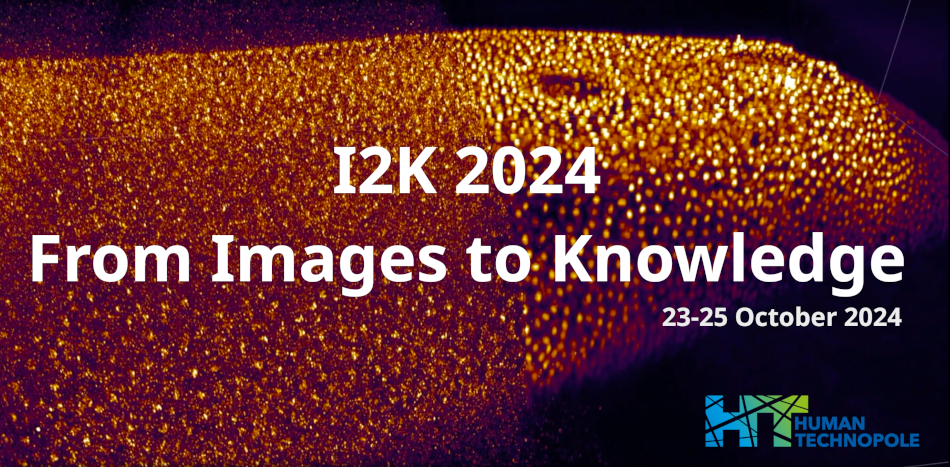Speaker
Description
Budding yeasts growing in micro-fluidic devices constitute a convenient model to study how eukaryotic cells respond and adapt to sudden environmental change. Many of the intracellular changes needed for this adaptation are spatial and transient — they are observed in the dynamic localization of proteins from one sub-cellular compartment to another. These dynamics can be captured experimentally using fluorescence time-lapse microscopy by tagging both the proteins of interest and they compartments that we expect them to occupy, and measuring co-localization. Experimentally, the number of tags in a single live cell is limited by phototoxicity, available spectral space, and production cost. To observe the relative dynamics of multiple proteins at once, it would therefore be convenient to replace the need for compartment markers without compromising on obtaining quantitative, rather than qualitative, data. Here, we discuss the use of image-to-image translation to replace the compartment tags with deep learning-based predictions obtained from bright field images. We compare the relative difficulty of predicting different compartments from bright field images, and compare the protein dynamics obtained from predictions to those obtained using standard co-localization measurements. Finally, we provide a case-study of glucose starvation to demonstrate the usefulness of such a setup.
| Authors | Diane Adjavon*, Ivan Clark, Peter Swain |
|---|---|
| Keywords | Image translation, domain transfer, segmentation, image-to-image, budding yeasts, live cells, micro-fluidics |

